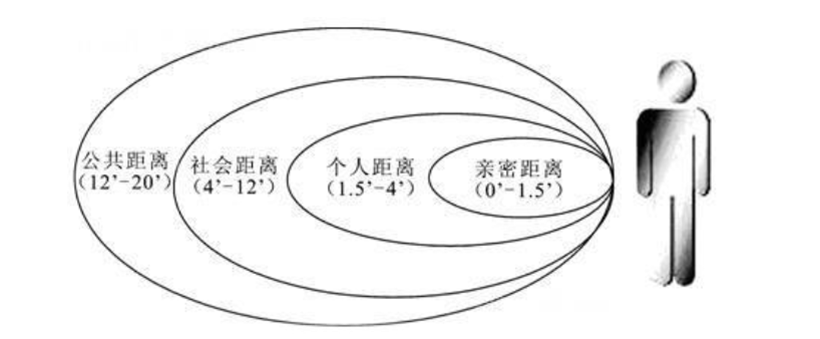Time and space are understood differently in various cultures. In the study of nonverbal communication, we have two significant categories devoted to the study of time and space: chronemics and proxemics.
(1) Chronemics (Textbook p.180-181)
Chronemics is the study of how people perceive and use time. According to American anthropologist Hall, cultures organize time in one of two ways: monochrome or M-time and polychrome or P-time. These two views of time affect important temporal concepts, such as appointments, schedules, etc.
a. A monochronic view of time can be seen through the Western cultures. Westerners tend to view time as inescapable, linear, and fixed in nature. Good examples of time-driven countries include Germany, Austria, Switzerland, and the United States. These countries are well-known for theri punctuality.
b. A polychronic view of time tend to view time more flexibly. Polychronic time cultures include Chinese, Indians, Arabs, Latin Americans, and Mediterraneans.
(2) Proxemics (Textbook p.182-184)
Proxemics refers to the perception and use of space.
(A) fixed features of space:architecture, spacing of building
(B) semifixed features of space:seating arrangements and furniture arrangements
(C) personal space: American anthropologist Hall reports that psychologists have identified four zones of interaction for Americans: the intimate zone, the personal zone, the casual zone, and the public zone.
a. it is culturally determined
b. it varies according to relationship



